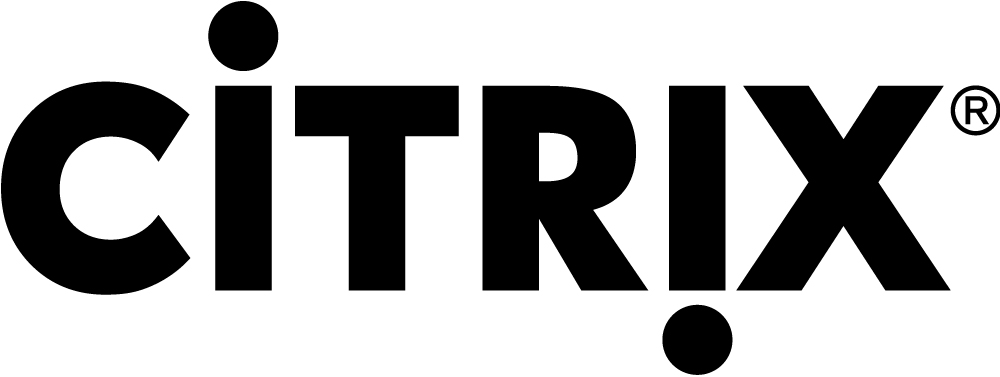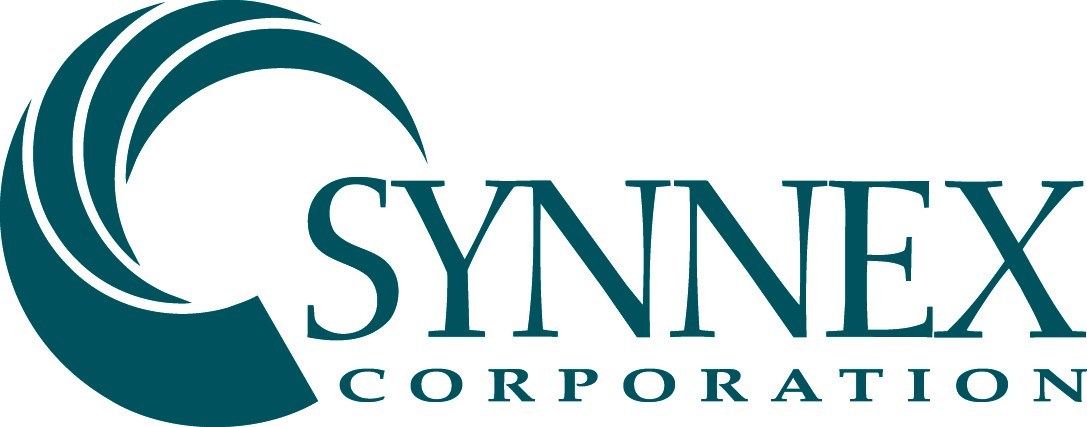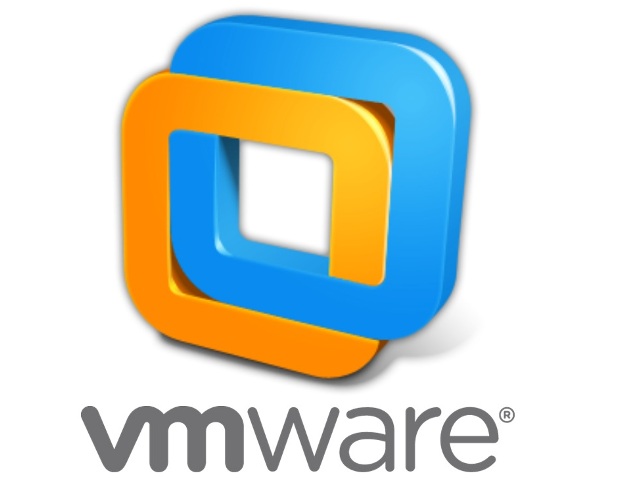Linux-RHCSA
System Administrator-I
Graphical installation of Linux Managing physical storage
Introduction to the command line
Learning how to install and configure local components and services
Establishing network and securing network services
Managing and securing files
Administrating users and groups
Deploying file-sharing services
GUI-based tools and key command-line concepts
Basic security skills
Get started with the GNOME graphical desktop
Get started with GNOME and edit text files with gedit.
Manage files graphically with Nautilus
Manage files graphically and access remote systems with Nautilus.
Configure local services
Configure the date and time, and configure a printer.
Manage physical storage
I Understand basic disk concepts and manage system disks.
Manage logical volumes
Understand logical volume concepts and manage logical volumes.
Monitor system resources
Manage CPU, memory, and disk utilization.
Manage system software
Manage system software locally and using Red Hat® Network (RHN).
Establish network connectivity
Understand basic network concepts; configure, manage, and test network settings.
Administer users and groups
Manage users and groups.
Manage files from the command line
Understand Linux® file system hierarchy and path names; manage files from the command line.
Secure Linux file access
Understand Linux file access mechanisms; manage file access from the GUI and the command line.
Administer remote systems
Share and connect to a desktop; use SSH and rsync.
Configure general services
Manage services; configure SSH and remote desktops.
Manage physical storage II
Manage file system attributes and swap space.
Control the boot process
Understand run levels and manage GRUB.
Deploy file-sharing services
Deploy an FTP server and a web server.
Secure network services
Manage a firewall; understand SE Linux concepts and manage SE Linux.
Manage virtual machines
Understand basic virtualization concepts; install and manage virtual machines.
System Administrator-II
Network configuration and troubleshooting
Managing file systems and logical volumes
Controlling user and file access
Installing and managing services and processes
Essential command-line operations
Troubleshooting file systems and partitioning
LVM, access control, and package management
Automated installations of Red Hat® Enterprise Linux
Create and manage kick start configuration files; perform installations using kickstart.
Accessing the command line
Access the command line locally and remotely; gain administrative privileges from the command line.
Intermediate command-line tools
Use hard links, archives and compression, and vim line.
Regular expressions, pipelines, and I/O redirection
Use regular expressions to search patterns in files and output; redirect and pipe output.
Network configuration and troubleshooting
Configure network settings; troubleshoot network issues.
Managing simple partitions and file systems
Create and format simple partitions, swap partitions, and encrypt partitions.
Managing flexible storage with the Logical Volume Manager (LVM)
Implement LVM and LVM snapshots.
Accessing network file-sharing services; NFS and CIFS
Implement NFS, CIFS, and autofs.
Managing user accounts
Manage user accounts, including password aging.
Network user accounts with LDAP
Connect to a central LDAP directory service.
Controlling access to files
Manage group memberships, file permissions, and access control lists (ACL).
Managing SELinux
Activate and deactivate SELinux; set file contexts; manage SELinux booleans; analyze SELinux logs
Installing and managing software
Manage software and query information with yum; configure client-side yum repository files.
Managing installed services
Managing services; verify connectivity to a service.
Analyzing and storing logs
Managing logs with rsyslog and log rotate.
Managing processes
Identify and terminate processes, change the priority of a process, and use cron and at to schedule processes.
Tuning and maintaining the kernel
List, load, and remove modules; use kernel arguments.
System recovery techniques
Understand the boot process and resolve boot problems.









